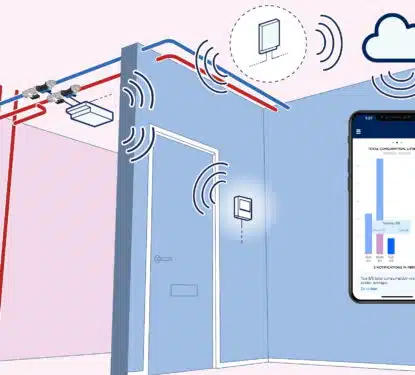This week, architectural and interior design services company Aukett Swanke Group (ASG) has confirmed the acquisition of smart building technology company Torpedo Factory Group (TFG), in a deal that hints at a new potential trend in the commercial buildings sector. While architects have used M&A to broaden their technological capabilities in the past, few deals bridge the building design-operation divide like this one. In this research note, we explore the deal with TFG’s CEO and consider the wider impacts of such vertical integration becoming a trend. Headquartered at an old WWII torpedo factory in London, TFG is a long-established audio-visual provider that has recently developed into a managed service provider for smart buildings. Through their Intelligent Environments division, they combine embedded systems, information, and communication technologies to enhance occupant experiences. Now operating with about 70 staff over four locations, the firm achieves an annual turnover of around £10 million ($12.3 million). Also headquartered in London, […]
Most Popular Articles

MRI Software: Exploring the 2025 IPO & Sale Options
This Research Note examines a report from Reuters that MRI Software is to be listed in an IPO or sold. We explore the development of the business over the last 10 years, since it was acquired by private equity owners, highlight their software acquisitions for commercial real estate applications addressing integrated workplace management, tenant experience […]

Podcast 40: Stiles Property Management Found $400K+ in Hidden Savings
Most property managers know their buildings are hemorrhaging money through inefficient systems. The problem? They have no idea where to start looking. Devon Newton, VP of Property Management at Stiles, faced this exact challenge with 110 East, a new Class A development in Charlotte’s Southpark district. Despite managing 116 properties across the Southeast, she found […]

Smartvatten Strengthens European Position with 2025 LeakLook Acquisition
This Research Note examines Smartvatten, a Finnish specialist in water efficiency technology and expertise in Northern Europe. It updates our previous article in March 2024, covering Smartvatten’s solutions, key developments in 2024, sustainability partnerships and the September 2025 acquisition of LeakLook, a Finnish specialist in IoT-driven water monitoring for real estate. Smartvatten Profile Established in […]
